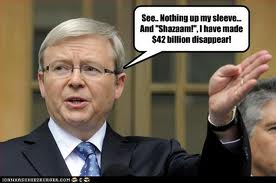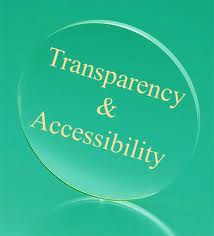 Ahhhhhh . . . Thanksgiving is over and the food comma is starting to wear off, but the spirit of this holiday looms for much longer. It might even set the table for the one of the most charitable times of the year by putting donors in the mood to give, give, give! So, if you believe this, then you should also believe that giving thanks doesn’t just end when the last piece of turkey is packed up in Tupperware and placed in the refrigerator in hopes of becoming a turkey sandwich in the not-so-distant-future.
Ahhhhhh . . . Thanksgiving is over and the food comma is starting to wear off, but the spirit of this holiday looms for much longer. It might even set the table for the one of the most charitable times of the year by putting donors in the mood to give, give, give! So, if you believe this, then you should also believe that giving thanks doesn’t just end when the last piece of turkey is packed up in Tupperware and placed in the refrigerator in hopes of becoming a turkey sandwich in the not-so-distant-future.
I am suggesting that it would be a very nice donor-centered stewardship gesture if you picked up the phone on Monday and called one of the most impactful donors to your non-profit agency.
Don’t just call and say thank you.
When you finally get them on the telephone, you might consider telling them that the Thanksgiving spirit motivated you to call. Spend the rest of the call discussing the following:
- What does their financial support mean to your agency?
- Provide a few examples of how their contribution made a difference for your agency’s clients.
- Ask them if they have any questions about anything they may have seen or heard about the organization.
- Ask them what they see as the organization’s greatest strengths and weaknesses.
- Explain to them how their contribution makes you personally feel. Share any emotions you may experience as a result of their support and involvement.
- Tell them that you appreciate them and the agency couldn’t do what it does without support from caring people like them.
- Wish them a happy holiday season and tell them you look forward to working with them again in the new year.
You’re all really busy. This doesn’t have to be an “initiative” or a “thank-a-thon” . . . even though that would be awesome. All I am suggesting is that you do this on Monday with JUST ONE very important donor.
Taking a few minutes on Monday represents your personal investment in doing good stewardship. It will renew your non-profit soul and set the stage for a great end of the year push!
Trust me . . . just do it . . . and then circle back to the comment box below and let us all know how you felt afterward. I’ll sit tight and wait to hear back from you. 😉
Here’s to your health!
Erik Anderson
Founder & President, The Healthy Non-Profit LLC
www.thehealthynonprofit.com
erik@thehealthynonprofit.com
http://twitter.com/#!/eanderson847
http://www.facebook.com/eanderson847
http://www.linkedin.com/in/erikanderson847
















